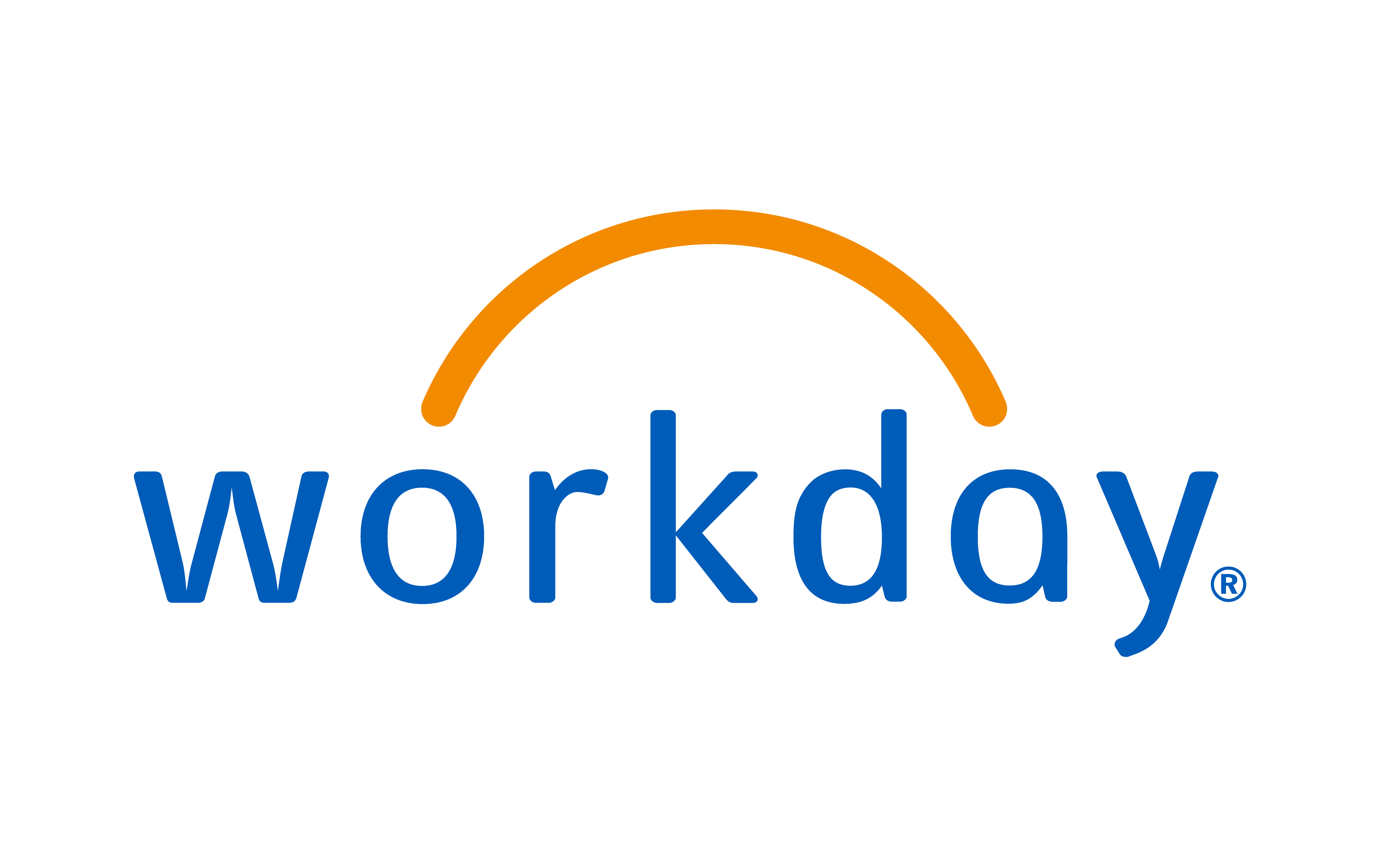
The volume of information currently available to businesses, and the ways in which this can be analysed to drive insights about performance, customer behaviour and strategy, has moved onto another level. While ‘big data’ in and of itself won’t provide all the answers, board-level executives increasingly need to sit up and take note of how it can benefit the decision-making process.
Retailers are only too aware of the huge influx of information now at their fingertips, but knowing how to utilise it across various business units is another matter entirely. Fiona Briault, People and Service Director at retailer Asda, says: “The challenge is how you bring all the data together through one part of the business to say: ‘That is what the customer thinks and these are the areas we should be focusing on.’
“At the moment there’s a tendency for data to be fragmented into different business areas… the goal is to understand how you link data together in a complex business to create one story.”
Eddie Short, Partner and Lead for Data and Analytics at KPMG in the UK and EMA, says “What we’re seeing with big data is that a silos-based approach is not always that effective. For example, when you look at some of the big retailers, they’re very good on quotes to the customer and particularly in giving you vouchers and new offers, but they struggle to get line of sight of what that actually delivers to the P&L.”
Look closely
It’s a learning process for businesses, but progress is certainly being made. Helen Murray, Chief Customer Solutions Officer at outsourced contact centre company Webhelp TSC, says: “More bits of information, when they’re pieced together effectively, help us to understand the clients, their propensity to buy, the way they make decisions and how they behave, and their likelihood to either want follow-up support or not. That then helps us to make decisions about how we treat each individual.”
For Steve Parkin, CEO of Mayborn Group, which makes baby and child products, there has been a concerted effort to break down the profile of customers in order to gain a better understanding. “You’ve got to build loyalty though an emotional connection and be very clever with your rational call to action to drive purchase behaviour,” he explains.
“We’ve segmented our marketplace down into six different consumer typology groups… [and] with the data that we’re capturing, we can understand the typologies of mums on the database that we’re building.”
Mark Wood, SVP and Managing Director of EMEA for US-based cosmetics firm Revlon, comments: “We’ve invested a lot in terms of mapping where customers go on digital and social media and following that pattern to make sure that our brand is always front of mind and that we’re always in the right places.
“[By engaging on social media] customers see that we’re listening to them, that we’re taking an active part in terms of what they want from the brand, and that we’re delivering against that through the conversations we’re having with them.”
Each customer touch point has to be seen as an opportunity to innovate. Neil Ward, VP and General Manager of Business Operations at internet communications platform Skype, says: “We’re using data to blur the lines between a support interaction and a brand opportunity… Beyond resolving customer service issues faster and more efficiently, we’re now seeing that problem solving is a gateway to taking a user’s insight and up-selling to them or deepening our engagement with them.”
Inevitably, this does entail not being afraid to try something different. At Asda, for example, it was decided to stop using a marketing agency to run social media interaction and instead bring it into the customer contact centres. “By running it in-house we can not only respond on social media for more of the working week, because our contact centres are open longer hours, but it also gives us consistency of approach in how we talk to those customers and the messages with give them,” says Fiona.
Game changers
According to some reports, 90 per cent of the world’s data has been produced in the past two years. There may indeed be elements of marketing hype around ‘big data’, but equally it’s clear the ongoing transition to digital has created a whole new universe of information to be explored.
It’s a somewhat daunting prospect. Research by KPMG International, which involved conducting interviews with 144 CFOs and CIOs from multinational companies with annual revenues of $1 billion or more, found an overwhelming 96 per cent of respondents believe their company is not currently using data and analytics effectively. Eddie comments: “The one singular wrong answer is to do nothing. We don’t all have to be data scientists with PhDs in statistics, but I think everybody has to embrace a more data-driven approach.”
Good decision-making involves understanding what your options are. You assess the information at hand, analysing data, speaking to various stakeholders and thereafter a choice is made. What follows next is called leadership, so that the decision arrived at is acted upon and implemented across an organisation. It’s the latter that many businesses need to start concentrating on if they’re going to capitalise on the information now at their disposal.
When it comes to big data, it’s a case of use it or lose it.
I hope to see you soon.
Matthew
https://twitter.com/criticaleyeuk










 (002).png)















